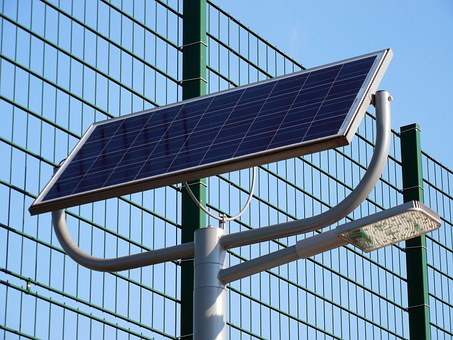Idaho Retains Commercial Net Metering Customers Under Current Program for 25 Years

The Idaho Public Utilities Commission issued an order grandfathering Idaho Power Company’s existing commercial, industrial, and irrigation customers with on-site generation under the present terms for a period of 25 years, according to a Dec. 4 press release. Customers that file interconnection applications after Dec. 1 will be subject to future changes that the commission orders, following Idaho Power’s study of the costs and benefits of on-site generation. Further, new customers will be required to install a single-meter system rather than a dual-meter system, in a bid to cut customer costs, streamline program implementation, and facilitate the study.
The net metering program allows customers to install solar panels on their property and receive credit from Idaho Power for the excess energy they deliver to the grid. The commission determined that the legacy treatment is reasonable given the significant investments by commercial, industrial, and irrigation customers in on-site generation systems based on a reliance on program stability. Therefore, the commission found that it is fair to grandfather these customers based on the same terms as residential and small general service customers. Public comments reflected customers’ economic proposition based on the program design in place, showing that investments were made on the understanding that they would be recovered over 25 years, the expected useful life of the asset.
In May 2018, the commission ordered the IDACORP Inc. subsidiary to close its current net-metering program and create rate classes for residential and small general service on-site generation customers. The agency determined that the difference in electricity consumption patterns and demand characteristics justifies the separation, and also directed a study to determine compensation for excess generation.
In February 2019, regulators initiated a proceeding to study the costs, benefits, and rate design related to on-site generation and net excess energy provided as a resource to Idaho Power Company. Areas of study identified by stakeholders include cost to serve grid-consumption of on-site generators, grid impacts of on-site generation with and without smart inverters, and value of net exported energy. The analysis will also consider utility impacts, such as effect on cost volatility and wholesale prices due to lower dependence on wholesale purchases, as well as the reliability and resiliency of distributed generation with regard to potential value of microgrids and avoided environmental compliance costs.
EnerKnol Pulses like this one are powered by the EnerKnol Platform—the first comprehensive database for real-time energy policy tracking. Sign up for a free trial below for access to key regulatory data and deep industry insights across the energy spectrum.
ACCESS FREE TRIAL